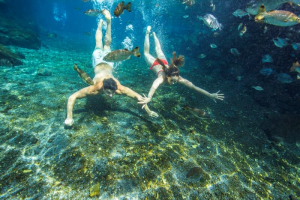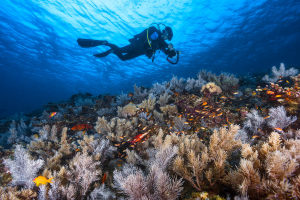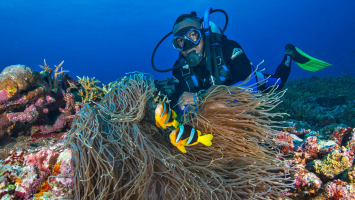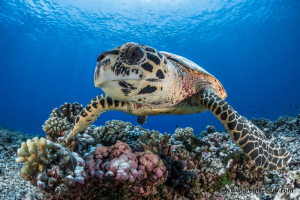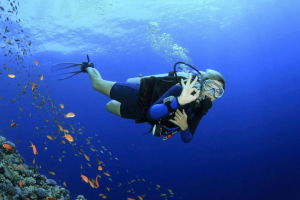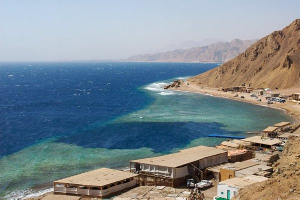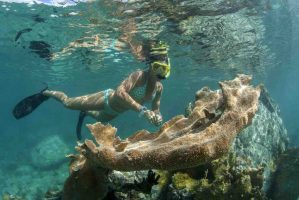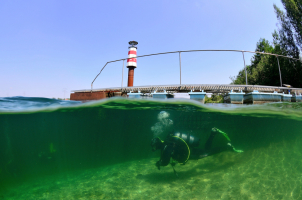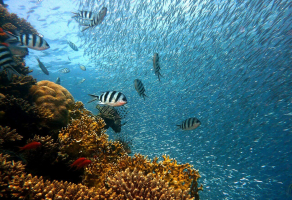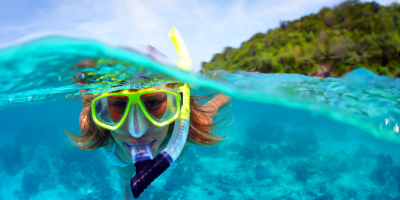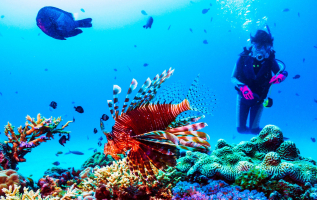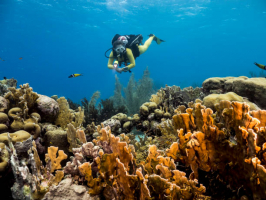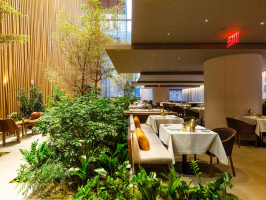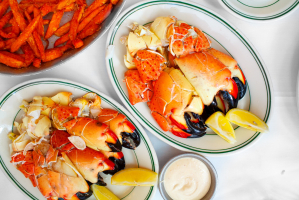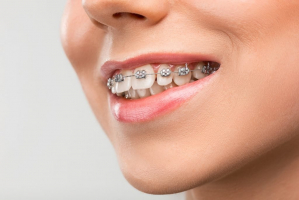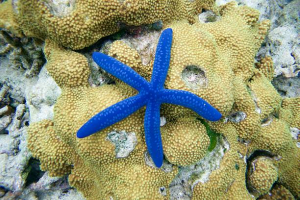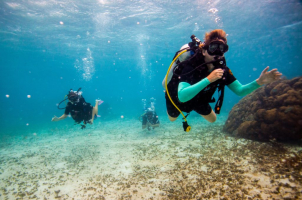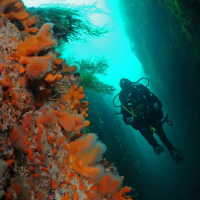Top 5 Best Places for Scuba Diving in New Caledonia
The New Caledonian Barrier Reef, the world's second biggest barrier reef, encircles a 24,000 square kilometer UNESCO World Heritage-listed lagoon and has over ... read more...a hundred dive sites along the coral walls, channels, and inside the lagoons. Some of the best diving in New Caledonia may be found in the vast South Lagoon, which is conveniently accessible from the capital city of Noume Dive locations are appropriate for both novice and experienced divers; expect pristine waters and an abundance of marine life, including huge pelagic fish species, dugongs, sharks, manta rays, and macro life. There are also a few shipwrecks, tunnels, and spectacular drift dives along waterways like the Dumbe In short, New Caledonia's best diving has something for everyone. So you don't have to waste time looking for the ideal scuba diving location, Toplist has compiled a list of the best places for scuba diving in New Caledonia.
-
Dumbea Passe ranks in 1st place on the list of the best places for scuba diving in New Caledonia. This is in fact three dive sites in one. On one side of the channel, a site called Canyon Fossil has varied and abundant life, with giant gorgonian sea fans. In season, the channel itself plays host to hundreds of groupers that aggregate in small caverns during their mating season. On the opposite side of the channel at M’Bere Reef, there’s abundant fish life alongside black corals, steep canyons, and a large World War II submarine mine. You’ll very likely see sharks, including grey reefs, whitetips, leopard sharks, hammerheads, and blacktips.
There are lots of grey reef sharks in June and the groupers lay their eggs during November and December. You’ll find the groupers in caverns at about 13 m. The dives are often drifted dives with reasonable currents and are suitable for experienced divers.
Location: Noumea, New Caledonia
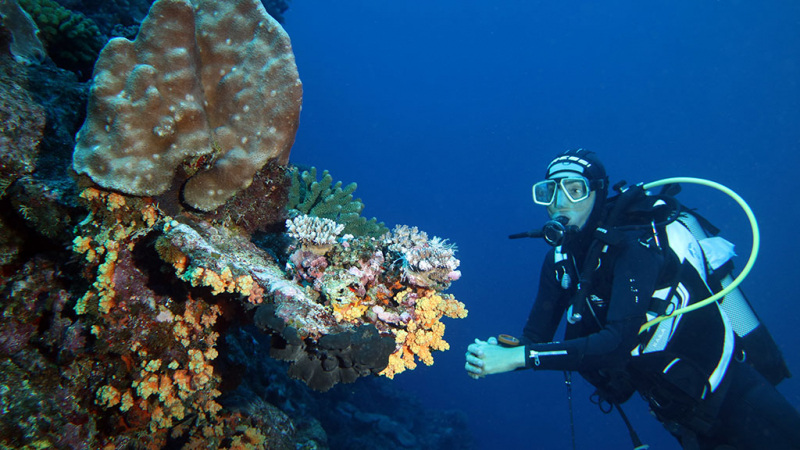
diveplanit.com 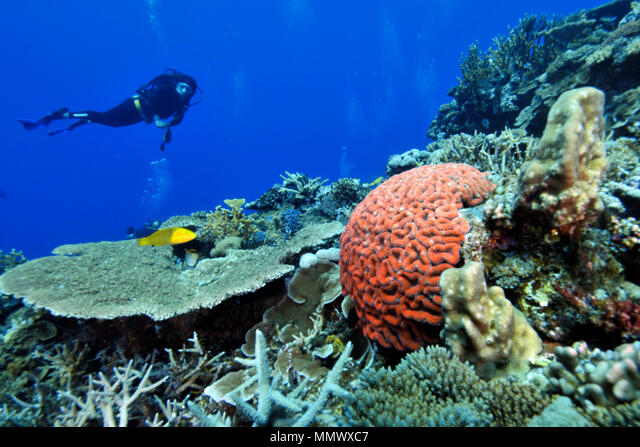
alamy.com -
Amedee Island is ranked second on the list of the best places for scuba diving in New Caledonia. This place is about 24 kilometers from Noumea, the capital city of New Caledonia. There are ten dive sites to discover within 20 minutes of the island. The Dieppoise and Toho 5 shipwrecks are two of the greatest. The Dieppoise, a French battleship sunk in 1988, is home to barracudas and nudibranchs. The ship's interior, complete with dining tables and seats, is visible, and you can swim through the pilothouse. The Japanese longliner Toho 5, sunk in 2000, is already home to groupers and jacks. The Dieppoise and Toho 5 are both 85 feet deep (26 m).
The island is well-known for its stunning blue seas and sea snakes. The island also boasts a well-known iron lighthouse called 'The Amedee Lighthouse.' The marine life was magnificent and plentiful. Sharks and other huge fish are drawn to frigid temperatures. There are also little fishes on the site, such as clownfish. The areas are also well-known for their large marine life, which includes grey nurse sharks and manta rays.
The water is chilly, and the diver will need a wet suit. The vision is excellent, ranging from 15 to 30 meters. The optimum time to dive at this location is from October to April when the water temperature is quite warm. However, diving can be done with a thicker wet suit in the remaining months of May to September.
Location: Noumea, New Caledonia
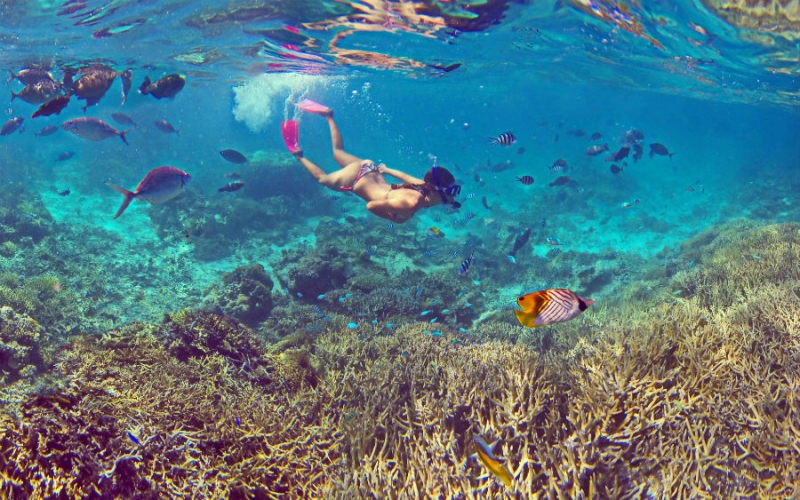
amedeeisland.com 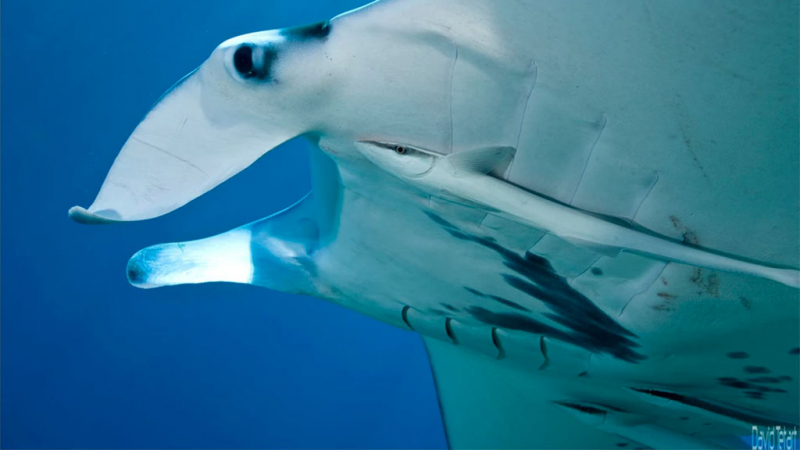
diveplanit.com -
Boulari Passe ranks 3rd on the list of the best places for scuba diving in New Caledonia. This place is on the outer reef near Amadee Island and it is noted for its manta rays and other large pelagic species. Humpback whales can be seen from July through September. The Boulari Pass has an average depth of 15 meters and a maximum depth of 30 meters. Amédée Island dives are excellent for both novice and expert divers.
Although arguably most renowned for its scuba diving and snorkeling opportunities, Boulari Passe is also a freediver's paradise. The astoundingly clean seas ensure wonderful dive adventures, and the lack of tourists ensures that the native marine life is not afraid of divers. Furthermore, you can enroll in one of the freediving classes given by local operators and try your hand at the thrilling activity in a safe, regulated atmosphere.
Location: Noumea, New Caledonia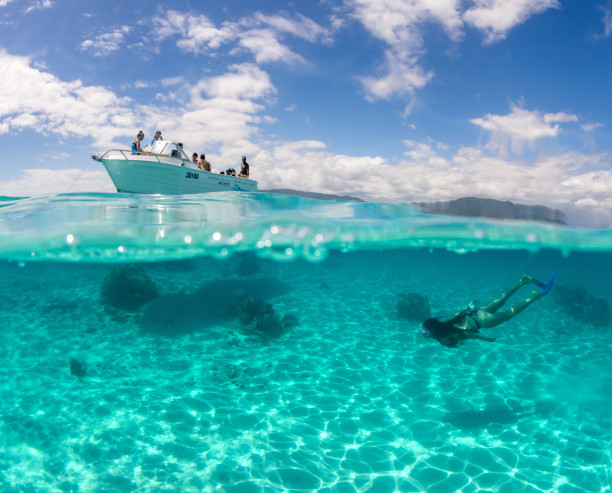
aircalin.com 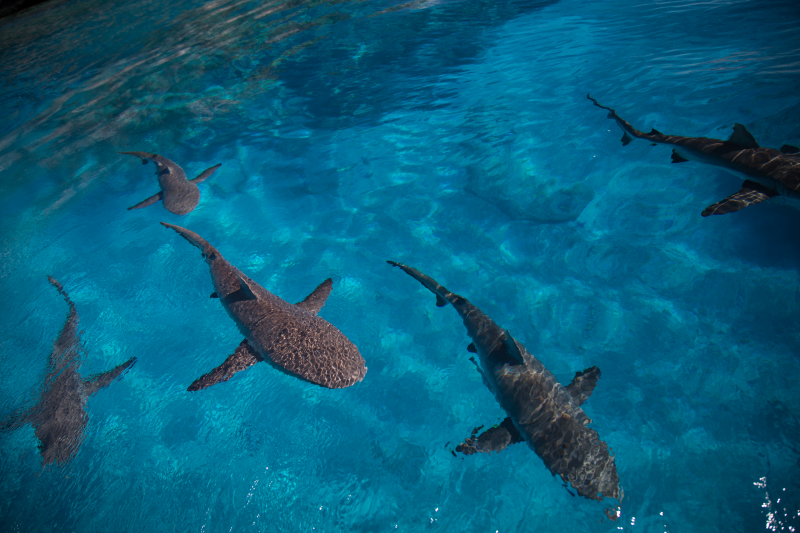
aircalin.com -
Prony Needle is a lovely bay that is located in New Caledonia's south mainland. From Prony Bay, you may observe the remains of Prony Village, a former penal town, along with one of the inlets, as well as surrounding waterfalls, banyan woods, and hot springs. The hot springs have formed a lofty pinnacle, the Prony Needle, which rises 40 meters from the ocean floor to just two meters below the surface. Expect to see plenty of corals, scorpionfish, macro life, and a variety of reef fish. At night, you can see Spanish dancers and, if you are lucky, a nautilus.
The average dive depth is 25 meters, and those with time for a second dive might consider drift diving the Canal Woodin, where whales and sharks can occasionally be seen.
Location: south main island, New Caledonia
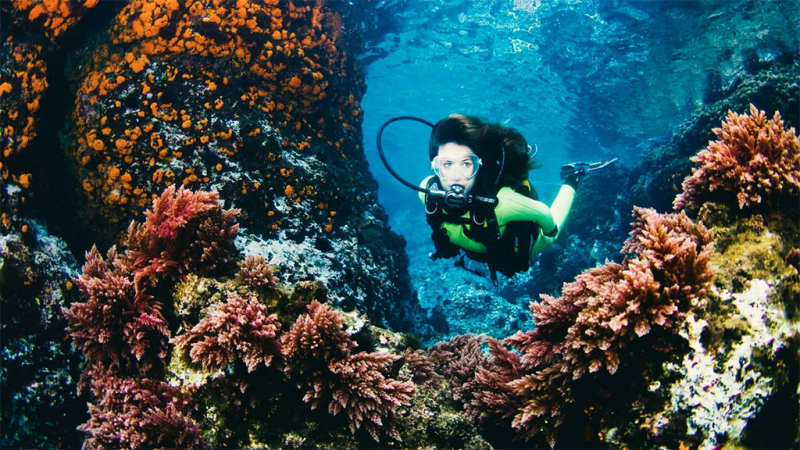
diveplanit.com 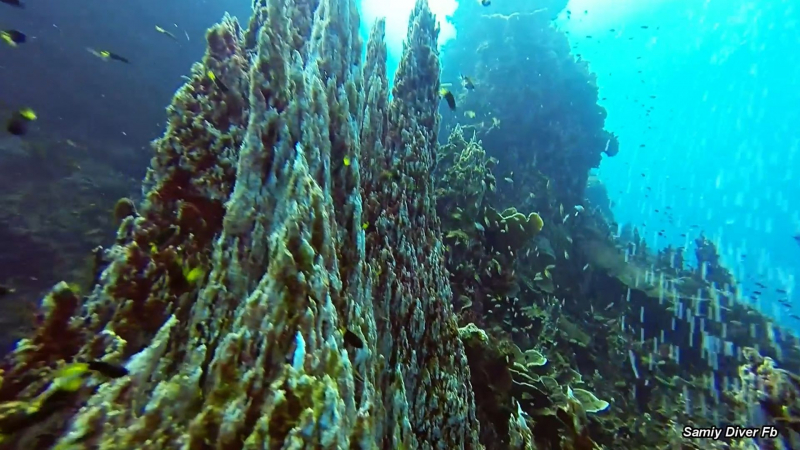
idiveyou.com -
Le Jardin d’Eden is a series of deep fissures that pierce the top of the coral reef, creating grottoes and canyons. The Garden of Eden begins with moderate rocky scree that extends for approximately 7 meters before reaching a sandy beach that leads to the Tombant de l'Arbre Mort. There is also a rocky spit with two playgrounds on the property. Passing over it, you can go out and meet the fish, for example, during your baptism. If you are more experienced, you can find moray eels, scorpionfish, and other species hiding in the rocks beneath. To top it all off, you may have fun getting lost in a little rock labyrinth.
The coral walls drop to around 45 meters, with an average depth of 15 to 20 meters. As you rise, you may be taken via a chimney that begins at 14 m and returns you to the reef's summit.
Location: Isle of Pines, New Caledonia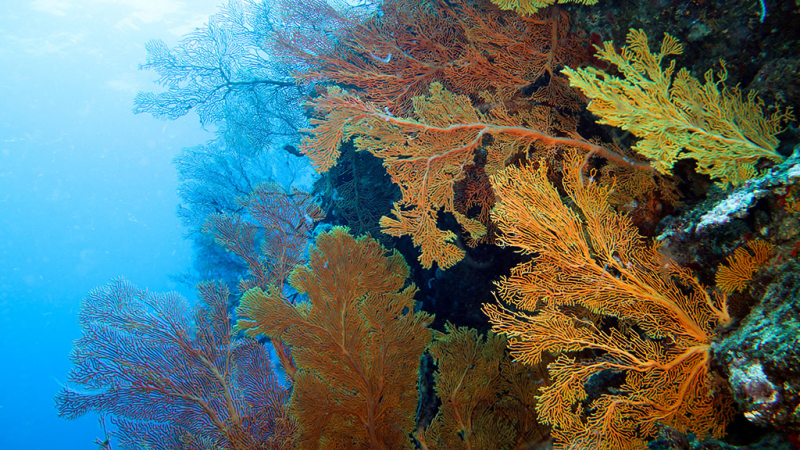
diveplanit.com 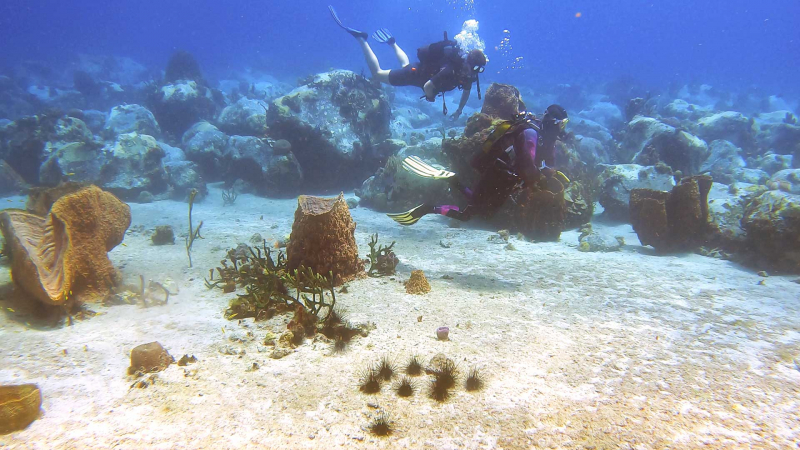
alphaplongee.com







